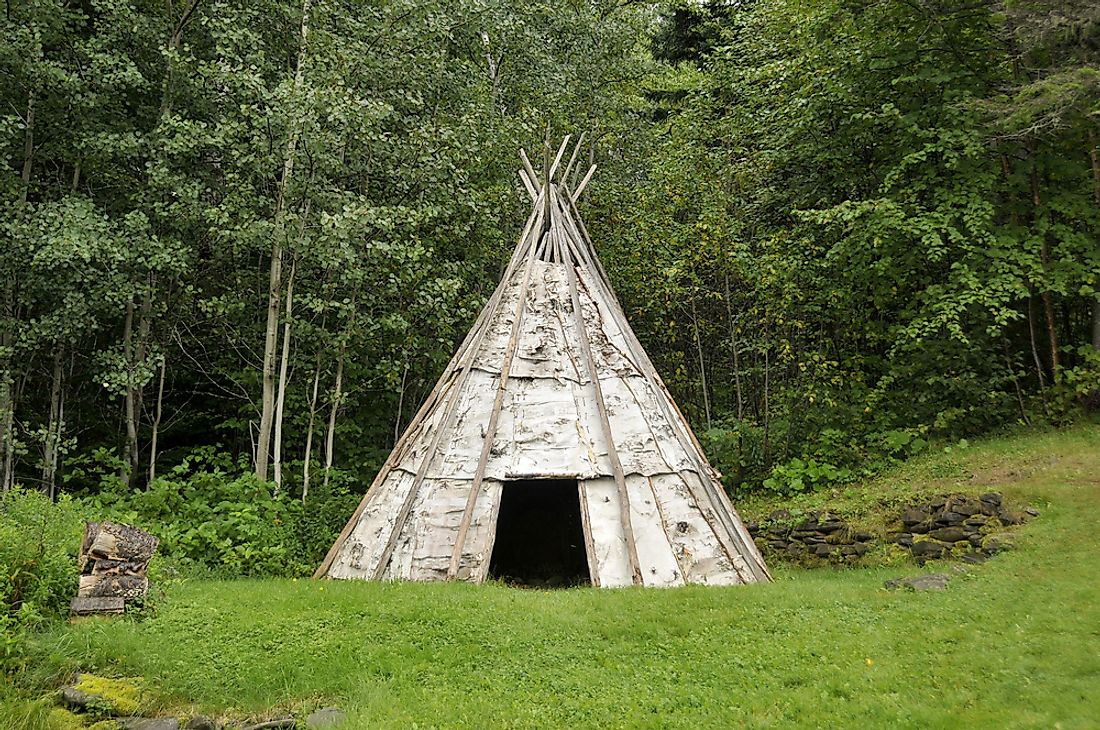The Indigenous People of Canada

The indigenous people of Canada are composed of First Nations, Inuit, and the Metis. According to the 2011 census, Canadians who identify as indigenous had a population of 1,400,685 representing 4.3% of the county’s total population. Today, the relationship that many indigenous communities have with the government of Canada is complicated. This is mainly due to years of mistreatment of indigenous peoples in government-sponsored residential schools, the last of which did not close until the year 1996.
3. Métis
The Métis can trace their origin to both the First Nations people and to the European settlers. They are said to have a population of around 451,795 as at 2011, although it is unknown exactly how many people have Métis ancestry. The largest Métis communities can be found in the Canadian Prairies. This group is related to the Métis of the United States. Throughout history, the Métis' involvement in the trade network played a critical role in the success of the fur trading companies. The language spoken by many Métis, Michif, is now considered to be an endangered language with fewer than 1,000 speakers. The language is a mixture of French nouns and Cree verbs.
2. Inuit
The Inuit are predominantly found in the Arctic area of Greenland, Canada, and Alaska. However, not all indigenous peoples living in the Arctic are Inuit. The singular form of Inuit is "Inuk". The Inuktitut language is an official language in both the Northwest Territories and Nunavut in Canada. Inuinnaqtun, Inuvialuktun and Greenlandic languages are also spoken. Section 25 and 35 of the Canadian Constitution Act of 1982, categorized the Inuit as a distinct group that can be classified as neither First Nation nor Metis. Historically speaking, Inuit groups have been nomadic. The respect for wild animals and the land is a fundamental element of Inuit culture.
1. First Nations
The First Nations people occupy Canada in regions south of the Arctic. The First Nations people had occupied the area that was to become Canada since as early as 1000 BC or 500 BC. More than 600 First Nations bands can be found all across Canada, all of whom have cultures whose histories span hundreds of years. First Nations languages with the highest amount of speakers include Anishinaabe and Cree, who combined have around 150,000 speakers.











